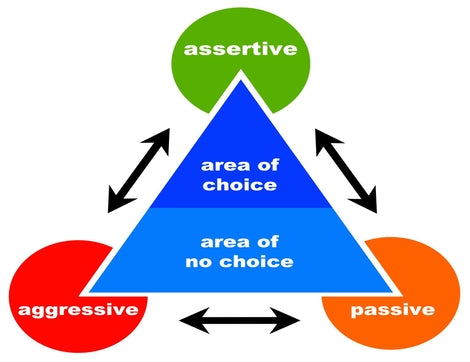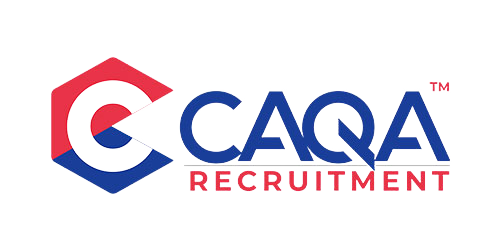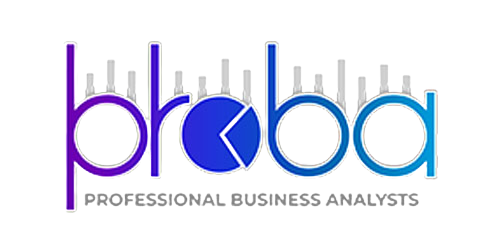The term "constructive" implies that the disagreement should lead to a positive outcome, fostering improvements rather than hindering progress. Disagreement can be constructive when it is managed and navigated thoughtfully and respectfully. This requires an environment where stakeholders feel safe to voice their opinions, even when they differ from the majority or status quo.
The idea of encouraging stakeholders to disagree might initially seem counterproductive. However, the compelling aspect of this concept is that it acknowledges the value of multiple perspectives. When disagreements are allowed and handled constructively, they can lead to better decision-making, as they force everyone involved to consider different angles, challenge assumptions, and evaluate the strengths and weaknesses of their positions.
Debate within an organisation can stimulate innovation, as different viewpoints can spark new ideas and solutions that may not have been considered otherwise. Moreover, when disagreements are resolved effectively, they can strengthen relationships by demonstrating that differing viewpoints are valued and that each stakeholder has a shared commitment to the organisation's success.
However, for disagreement to be constructive, it must be managed carefully. It involves setting the right tone and culture where stakeholders respect and listen to each other's viewpoints, and conflicts are resolved in a fair and transparent manner. It's not about winning an argument but about finding the best path forward.
Furthermore, it's important to differentiate between constructive disagreement and disruptive conflict. While the former involves differing views leading to a more refined and effective solution, the latter can be divisive and counterproductive, hampering team cohesiveness and productivity.
In essence, the concept of constructive disagreement champions the idea that diversity in thought, when harnessed effectively, can lead to more creative, comprehensive, and effective outcomes for organisations.
In the professional arena, interacting with clients and colleagues can often ignite differences of opinion. An illustrative case is a management consultant who frequently found themself at odds with a client's approach to project direction, personnel decisions, and work pace. Being new to their career, the consultant felt it wasn't their place to openly voice these disagreements, causing a strain in their working relationship and leading to an unfortunate incident that required an apology.
This story exemplifies the potential harm that can occur when disagreements aren't effectively addressed in the workplace, causing possible damage to professional relationships and obstructing productivity. It's crucial to dispel the notion that disagreement equates to hostility or rudeness. Instead, a fresh perspective is necessary where disagreement is viewed not as a cause for discomfort but as a catalyst for growth, innovation, and improved outcomes.
Understanding and embracing this concept can be highly beneficial in work environments. Disagreements can spark creative friction, leading to the generation of more innovative solutions. Different viewpoints can synergise to create well-thought-out, risk-mitigated solutions, thereby enhancing work quality and productivity.
Moreover, disagreements serve as opportunities for learning and professional development. A challenge to one's ideas can stimulate introspection, leading to the incorporation of feedback and subsequent growth. Over time, constructive disagreements can significantly strengthen relationships among colleagues. They bring coworkers closer by fostering a better understanding of each other's values and work styles, setting a healthy precedent for conflict resolution and continued collaboration, which contributes to higher job satisfaction.
Furthermore, constructive disagreement promotes an inclusive work environment. As the diversity of thought is welcomed, disagreements become a norm. However, these disputes lead to more successful task completion, fostering diversity and inclusion within organisations. Therefore, it falls upon the management to facilitate an environment conducive to open discussions, making it acceptable for individuals to express differing viewpoints freely and constructively.
While the benefits are numerous, initial discomfort, particularly for those who are conflict-averse, is not uncommon. However, one can effectively navigate disagreements in the workplace by adopting certain strategies:
Prioritise respect over likability: Maintain respectful dialogue, focusing more on mutual respect than seeking approval.
Focus on larger objectives: Disagreements should be seen as differences in methods or strategies, not personal affronts. Understanding that these debates ultimately serve the organisation's greater good can help in depersonalising the disagreement.
Disassociate disagreement from unkindness: Understand that disagreement is not equivalent to disrespect. A difference of opinion, when expressed thoughtfully and respectfully, is usually acceptable to most individuals.
Find a role model: Look for someone who handles disagreements effectively and emulates them. This can assist in learning how to be direct and honest without causing discomfort or tension.
The power of constructive disagreement lies in its respectful and empathetic approach, serving as a tool for growth and enhancement in the workplace. By understanding and embracing this, professionals can transform potential conflicts into opportunities for learning, growth, and innovation.


































